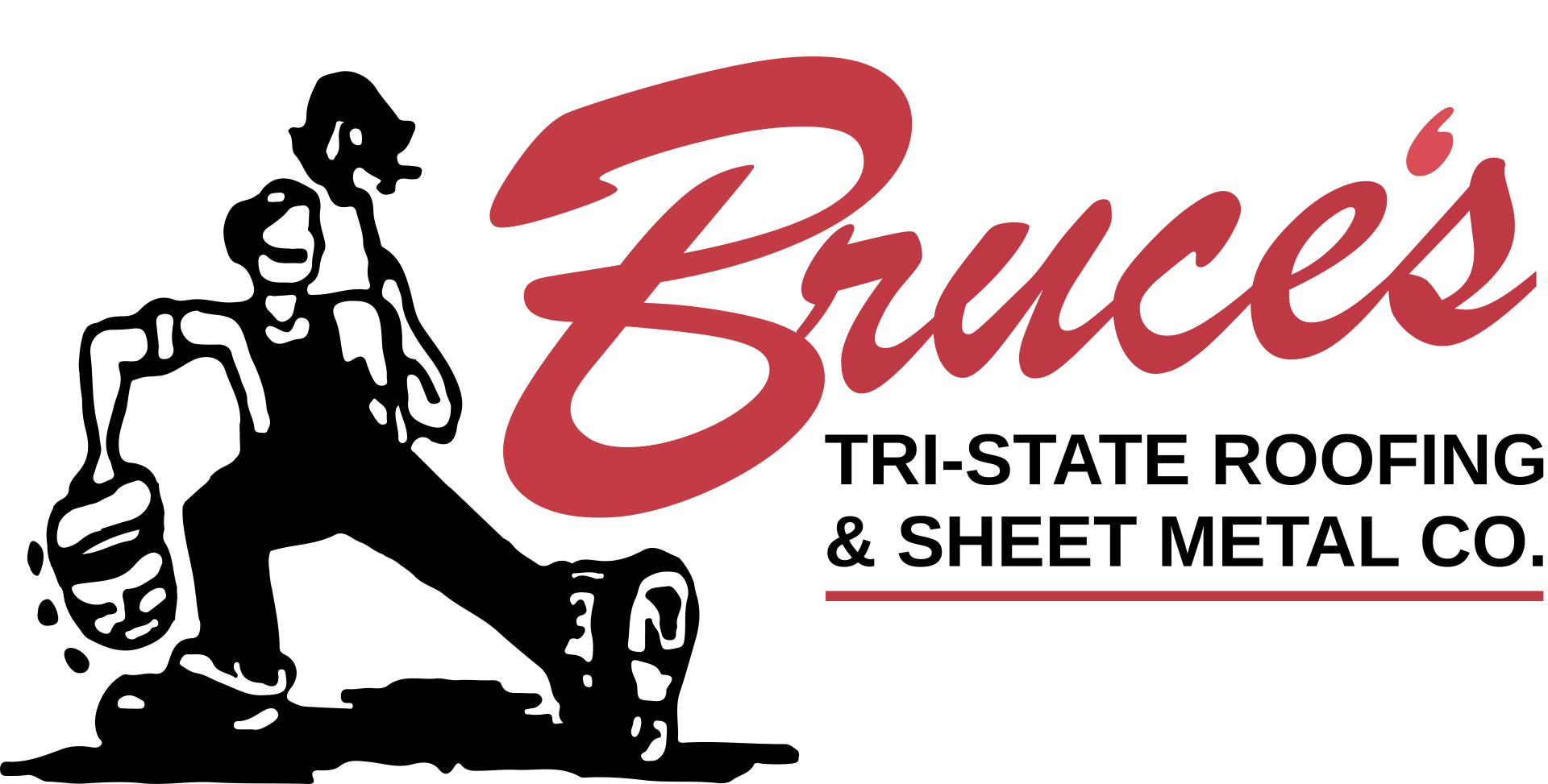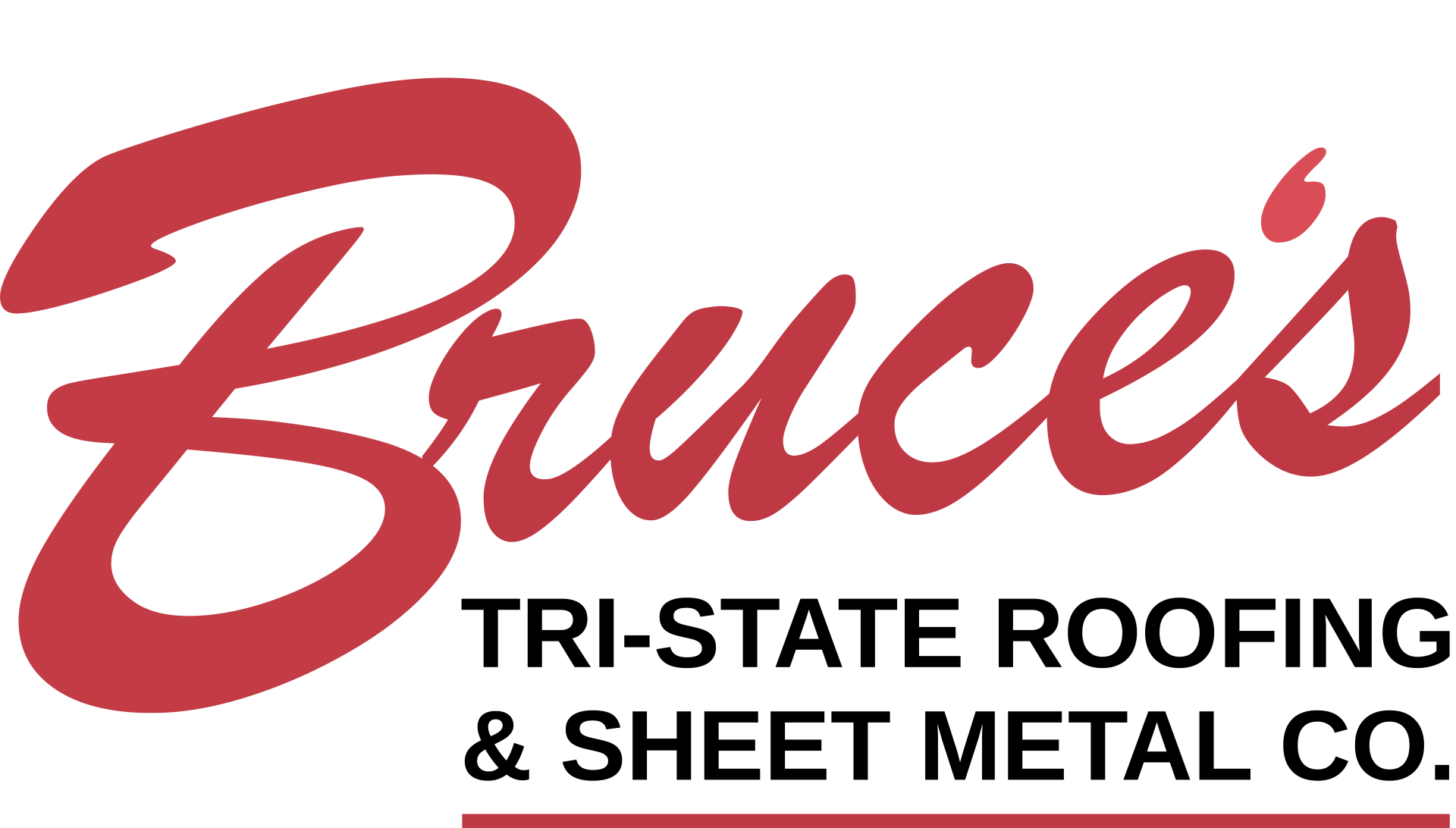Your roof is your home's first line of defense against the elements, and living in Owensboro, KY, means that it must withstand severe weather conditions. Your roof is continually exposed to potentially damaging forces, from torrential rain and high winds to hail and ice storms. The question is, how prepared is your roof to weather the storm? Understanding how extreme weather can impact your roof and taking the necessary steps to protect and maintain it will ensure your home's safety, energy efficiency, and longevity.
As premium roofing service providers, we have seen first-hand how severe weather can wreak havoc on roofs in our region. We have made it our mission to repair the damage and educate and empower homeowners to take a proactive approach to protecting their homes. In this detailed guide, we'll discuss the common types of weather-related roof damage and the signs to look out for, how to minimize the risk of damage through specific maintenance practices, and the role of proper roof materials and installation in storm-proofing your home.
Leveraging our expertise, skills, and industry insights, we aim to help you fully comprehend the significance of safeguarding your roof against severe weather, enabling you to make informed decisions that benefit your home and quality of life. With our support, you can be confident that your roof is well-equipped to stand up to whatever Mother Nature has in store, guaranteeing enhanced protection, energy savings, and peace of mind for years to come.
Common Types of Weather-Related Roof Damage
Understanding the variety of weather-related roof issues is essential in identifying potential vulnerabilities and implementing appropriate preventative measures. Some common types of severe weather damage include:
1. Wind Damage: High winds can cause shingles to lift, curl, or tear off entirely, leaving your roof's underlying structure susceptible to water damage and leaks.
2. Hail Damage: Hailstones can puncture or fracture shingles, resulting in dents, cracks, or exposed roofing materials, which make the roof more vulnerable to water infiltration.
3. Debris Damage: Falling branches or other debris propelled by strong winds can puncture, dent or crack your roofing materials, leading to structural damage and potential leaks.
4. Ice Damming: Ice dams form when snow melts, runs down the roof, and refreezes at the eaves, causing water to pool behind the ice and penetrate the roof, leading to leaks and potential structural damage.
Signs of Weather-Related Roof Damage
Regular inspections help to catch signs of roof damage early, allowing for prompt action and minimizing further deterioration. Be on the lookout for the following indicators of weather-related damage:
1. Missing or Damaged Shingles: Inspect your roof for missing, cracked, or lifted shingles, which may indicate wind or hail damage.
2. Granule Loss: Check your gutters and downspouts for shingle granules, as excessive granule loss may indicate that your shingles have been damaged by hail or wind.
3. Dents and Cracks: Look for dented or cracked flashing, gutters, and vents, which may be a sign of hail or debris damage.
4. Interior Water Stains: Examine your attic and interior ceilings for water stains or discoloration, which may indicate a roof leak caused by weather-related damage.
Minimizing the Risk of Weather-Related Roof Damage
Although it's impossible to control the weather, following these best practices can help fortify your roof against severe conditions:
1. Conduct Regular Inspections: Schedule routine roof inspections (at least twice a year), focusing on assessing the condition of shingles, flashing, and other vulnerable areas.
2. Trim Overhanging Branches: Keep tree limbs trimmed and away from your roof to minimize the risk of branches falling or causing debris buildup during storms.
3. Clean and Maintain Gutters: Ensure your gutters and downspouts are clean and functioning correctly to prevent water accumulation, which can exacerbate weather damage.
4. Upgrade Roofing Materials: Invest in roofing materials with higher durability and wind or impact resistance ratings to better withstand severe weather conditions.
The Role of Roof Materials and Installation in Storm-Proofing Your Home
The success of your roof in weathering the storm depends significantly on the quality of materials used and the installation process. Consider these factors when choosing roofing options:
1. Wind Resistance: Opt for shingles with high wind resistance ratings to better protect your roof from wind damage. These shingles have reinforced nailing areas and superior adhesion, making them less likely to blow off during storms.
2. Impact Resistance: Choose impact-resistant shingles, which are specially designed to withstand hail damage. These shingles have a Class 4 impact resistance rating, the highest available, and can often qualify homeowners for insurance discounts.
3. Professional Installation: Ensure your roof is installed by a reputable, experienced roofing contractor who adheres to local building codes and manufacturer recommendations. Proper installation is crucial for achieving maximum resistance to weather-related damage.
4. Ventilation and Insulation: A well-ventilated and insulated attic helps to minimize heat buildup in the summer and retains warmth in the winter, reducing the risk of ice dams and prolonging the life of your roofing materials.
Conclusion
Protecting your roof from severe weather is essential in maintaining your home's safety, energy efficiency, and longevity. By understanding the potential impact of various weather conditions, recognizing the early warning signs of damage, and employing preventative measures, you can ensure your home remains well-protected for years to come.
When you're ready to invest in a high-quality, storm-resistant roofing system, trust Bruce's Tristate Roofing’s team of skilled professionals to guide you through the process, providing expert advice, superior materials, and exceptional installation services. Contact us today to learn more about our premium
roofing services and how we can help safeguard your home against severe weather.





